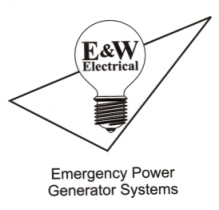Generator System Design
Considerations for factors such as altitude, ambient temperatures, or the location of a combustion engine generator set relative to direct sunlight are necessary for the design of a successful power system installation. However these are only a few of the factors which will influence the type and size of product used for your particular case.
At E&W Electrical, LLC we have designed and then installed over 2000 systems. In most cases we also service the equipment thru our efficiently constructed service plans so we have first hand experiences with all the different scenarios which occur with all different type and size combustion engine generator sets.
Put our experiences to work for you! We provide services for residential, commercial, and industrial customers. We cover areas all across North Carolina and Virginia.
We also provide consultations for builders and electrical contractors and can assist in furnishing the correct equipment and then help make sure your customers are taken care of by offering comprehensive start up commissioning plans to insure the equipment does what it should do with no surprises or disappointments for your customers when the generator is needed.
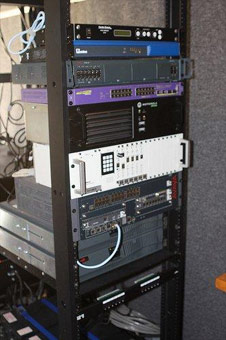
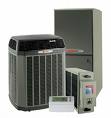
Load Characteristics
Today's technology has provided a lot of convenience and now even efficiency. These are both good things however sometimes this new technology can add stress to our electrical systems.
For resistive type loads typical in most lighting and receptacle loads the current and voltage sine waves would be in phase and the power factor is not really an issue, however for newer electronic equipment, air conditioning compressors, pumps, motors or appliances, out of phase current and voltage sine waves put additional stress on electrical systems by requiring more work by generators to provide the same amount of energy.
Generator Use
If the generator set use is intended for longer durations then larger engines should be utilized. Certainly larger engines will provide durability and in most instances will reduce noise as well as fuel consumption. Most residential generators on the market today are considered stand by equipment which utilize smaller engines that typically work at a higher rpm rate and are louder. Proper sizing of these units afforded proper fuel pressure is critical.
Environmental Considerations
Generator sets can be placed just about anywhere however environmental factors should be considered. Altitude and lower temperatures can influence fuel supply characteristics. Heat and direct sunlight can create havoc for engines and other vital components which make up a generator set. Salt which is present near the ocean or simply evaporation or condensation associated with normal structure equipment can destroy generator set enclosures and can be just as expensive as the other vital parts of a generator. Adequate space for necessary ventilation or clearances off structure or other equipment should be considered. There is a correct location on any site where a generator can provide dependability and longevity.
Voltage Drops or Transients
Again new technology certainly provides advantages but due to the sensitivity and crucial nature of data or imbeded logic, voltage dips or spikes should be avoided. Several factors in reference to proper calibration or fuel supply certainly play a huge part towards the nature of voltage dips or spikes however properly sizing your system is the first step. For most stand by systems, used only during utility power losses, 67% usage of output capacity should be the goal. It is all about mass and magnetic intensity compared to load characteristics and the system's environment.
Longevity
Longevity is one of the measurements of success with a power generation system. In order to achieve longevity, considerations for all factors detailed earlier must be met. For all power systems there will be inefficiencies and an inability to use all energy which is moved thru the conductors or system components, including the engine. This loss expressed by the system through heat, wears on engines, electronics, copper, insulation windings, and basic electrical contacts. Proper sizing for electrical loads which will attach, correct placement of system per conditions on proposed site location, proper wire sizes and connections, proper calibrations and correct fuel supply are all necessary in order for your system to afford you longevity.
Future Needs
Everything changes including our electrical needs. Some thought should be given to future plans and possibilities. Upgrading to a larger unit initially may be hard to do however it can save you lots of money and inconvenience down the road. Sit down with a true professional and contemplate what the future may hold for you and your electrical needs. As more alternative solutions are brought to the table it will be extremely important that you have chosen the correct type and size system.
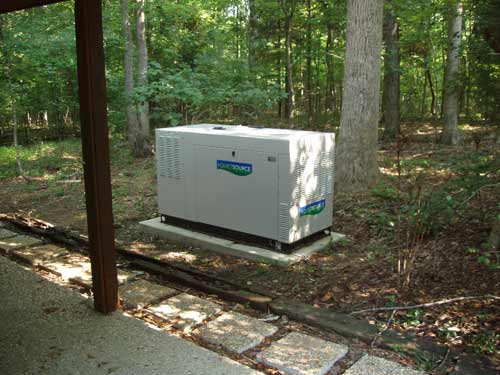
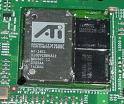
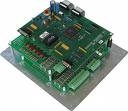
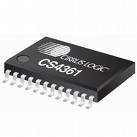
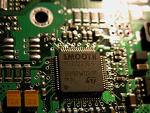
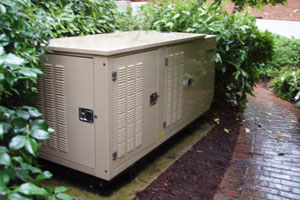
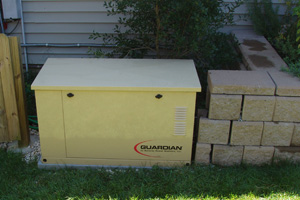
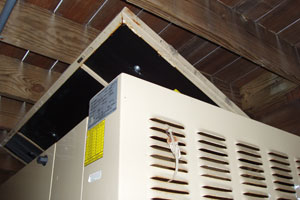
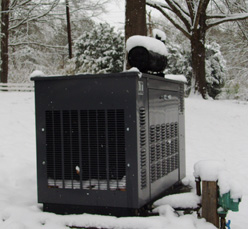
Repair cost can be high if the generator does not have adequate ventilation!
Eventually this generator will need repair and service. If access is not available repair cost could be quite high!
Air for ventilation which provides cooling of the engine is pulled from the right side of the enclosure utilizing curved fans attached to the crank of the engine. If no air flow exist then no cooling exist and the engine will fail!
For environments where snow is possible one of many factors to consider is the height of the fuel regulator!
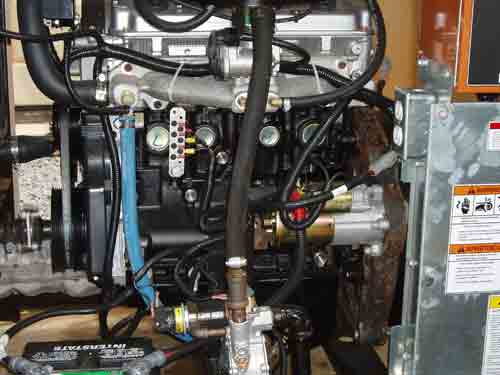
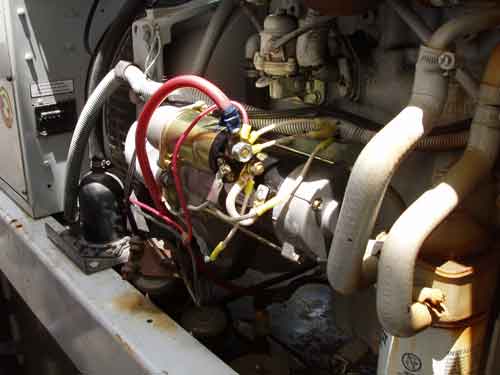
Choosing the correct engine and rpm rate for the project will help to eliminate failure potentials.
Larger engines can provide additional and more efficient horsepower to supply larger attached electrical loads. Fuel consumption can be reduced with a larger engine.
by E&W Electrical, LLC
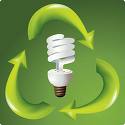

by E&W Electrical, LLC
established in 1984

E & W Electrical, LLC
515 Meadowland Drive
Suite 100
Hillsborough, NC 27278
919-245-0200 (office)
919-245-0202 (facsimile)
888-919-5210 (toll free)
copyright 2010 E & W Electrical ** All rights reserved
This page was last updated: July 16, 2015

QUARTERLY NEWSLETTER
by E&W Electrical, LLC
established in 1984
by E&W Electrical, LLC
established in 1984
by E&W Electrical, LLC
established in 1984
